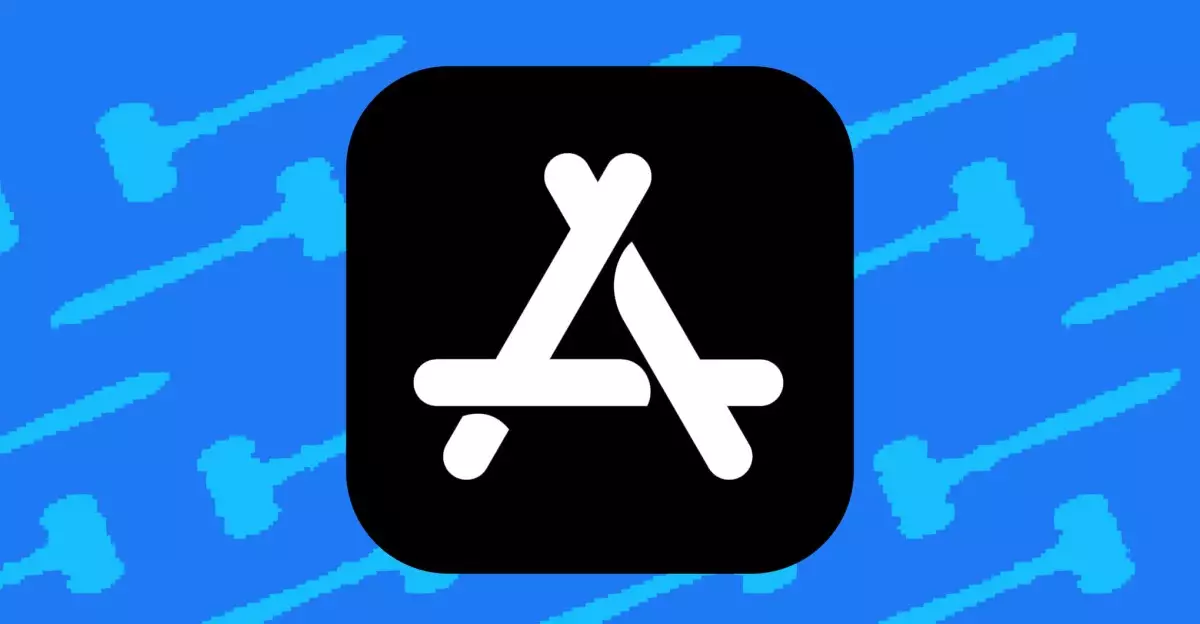In a notable legal development, an appeals court upheld a decision mandating that Apple allow external links and payment options in its App Store. This ruling marks a pivotal moment for developers who have long contended with Apple’s stringent policies regarding in-app purchases and revenue sharing. The court’s decision emphasizes a critical shift in the balance of power within the app ecosystem, providing developers with tools to potentially increase their revenue streams without the interference of Apple’s commission structure.
The Implications of the Court’s Decision
The repercussions of this ruling are manifold. For years, Apple’s App Store has operated under a regime where it exerted incredible control over payment methods, dictating not only how developers can monetize their apps but also restricting the visibility of competitor services. By overpowering developers with terms that frequently favored Apple, this control severely stifled innovations and alternative business models. The court’s refusal to grant Apple an emergency stay, citing insufficient grounds for such action, highlights a renewed judicial perspective that prioritizes fair competition and consumer choice in the digital marketplace.
With prominent applications such as Spotify and Kindle already leveraging the ruling to provide links for web purchases, the return of Epic Games’ popular title Fortnite further underscores a growing trend. The ability of developers to route users directly to their payment systems irrevocably alters the competitive landscape, introducing a dynamic where user choice takes precedence over monopolistic practices. This alignment with user preferences is critical; consumers increasingly favor transparency and better deals, and developers are now positioned to offer both.
What Lies Ahead for Apple
Apple’s reaction has been a mix of defiance and disappointment. The company contends that this order undermines the integrity of its App Store, where user safety and curated experiences have been touted as core values. However, this argument seems increasingly tenuous in light of the opposition it faces from both developers and the legal system. Apple’s representative, Olivia Dalton, expressed dissatisfaction with the decision, emphasizing the company’s disagreement with the court’s findings. Yet this refusal to adapt to market realities may backfire, as continued resistance could result in a gradual erosion of Apple’s dominance.
The 60-40 split in payment usage reported by Epic Games signals a significant shift in consumer behavior as more users choose to bypass Apple’s in-app payment system in favor of alternatives—an outcome Apple cannot ignore. As this legal saga continues to unfold, it places Apple squarely at the crossroads of innovation and compliance. The tech giant now faces the daunting task of reassessing its App Store policies in a rapidly evolving environment, where developer freedom and user choice are paramount.
The Broader Context of Fair Competition
This situation extends beyond a single legal case; it symbolizes a broader fight for fair competition in technology. Developers across various platforms have rallied for years against what they perceive to be unfair constraints imposed by dominant players in the app economy. The shift manifested through this ruling resonates with global sentiments toward increased corporate accountability and consumer rights.
As we observe how this legal battle develops, it is apparent that the outcome may redefine the landscape of app distribution—not just for Apple but for the entire technology sector. The evolution of app marketplaces must reflect the needs and preferences of users and developers alike, fostering an environment of innovation rather than stifling it under the weight of monopolistic practices. The upcoming months will be critical in determining how these legal and market dynamics will unfold, but one thing is clear: the era of unchallenged dominance may very well be drawing to a close.

